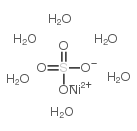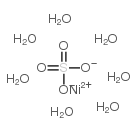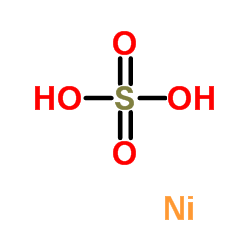| Structure | Name/CAS No. | Articles |
|---|---|---|
 |
nickel sulfate hexahydrate
CAS:10101-97-0 |
|
 |
Nickel(II) sulfate heptahydrate
CAS:10101-98-1 |
|
 |
NICKEL SULFATE
CAS:15244-37-8 |
|
 |
Nickel-sulfuric acid (1:1)
CAS:7786-81-4 |
|
 |
Peru balsam
CAS:8007-00-9 |